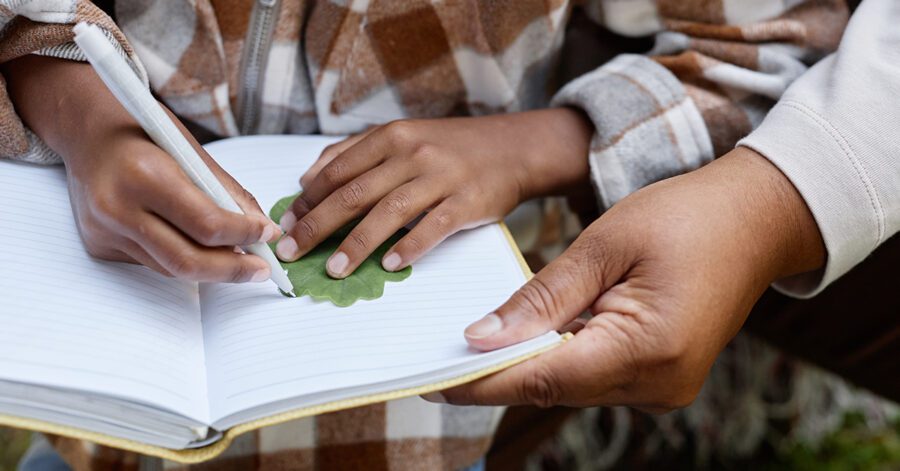Homeschool science curricula often focus on measurable aspects such as labs, vocabulary, and tests. But what if the real key to understanding science isn’t just analysis, but observation? Parents searching for nature drawing for homeschool are often looking for meaningful, classical science activities that integrate art, deepen attention, and train the whole student.
That’s where the classical skill of attending comes in. As one of the 15 classical learning skills, attending means learning to slow down and really see. Before students can label or measure something in science, they must first notice it. And that noticing—careful, hands-on, and often creative—is the beginning of both scientific inquiry and artistic expression.
Integrating Art and Science through Observation
Homeschool families have a unique opportunity to reclaim this skill of attending. Everyone in your family can learn to study nature using their brain, eyes, and hands through:
- Homeschool science sketching
- Science journaling for kids
- Classical tools like OiLS drawing science
This isn’t just for budding artists—it’s about training observers to take in the world with accuracy, patience, and wonder.
In this post, we’ll explore why observation is the foundation of both science and art, how nature journaling strengthens attention and memory, and what practical activities you can use to develop these skills in your own homeschool—whether you have a preschooler drawing leaves or a high schooler studying botany.
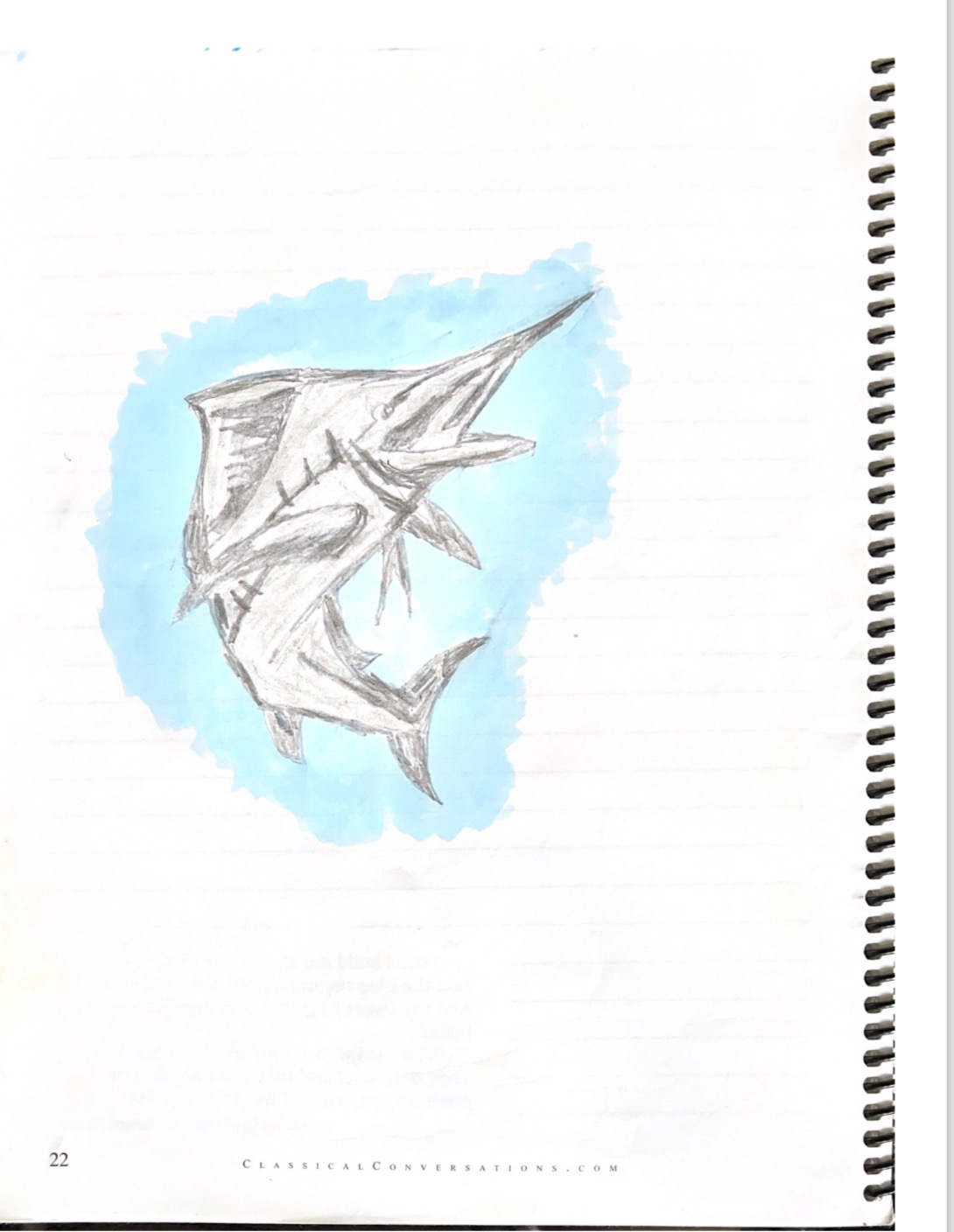
Why Drawing Trains the Habit of Attention
The best way to learn to observe is to draw. Snapping a photo on your phone doesn’t count—you need to draw.
Nature drawing is not about making beautiful art (although that might come with time). It is about making sure that the details travel from our eyes, through our minds, and out through our hands. This integration strengthens memory, perception, and understanding—essential components in both art and science.
Even if your scribbles are rough or unrecognizable, the very act of science sketching helps your brain retain what you saw. Drawing forces the learner to slow down and attend.
Listen to how to cultivate the Habit of Attending in your family.
Start with Nature Drawing for Homeschool Science
What should you draw? Begin with nature. The natural world is filled with rich opportunities for science journaling and artistic practice.
Find a quiet spot in your backyard, a park, or a meadow, and choose a leaf, flower, or insect. For this example, let’s choose a tree. Before drawing your tree, observe:
- What are its lines, ridges, and curves?
- What colors or patterns do you notice?
- Are there any bugs on or around it?
- What is the texture of its surface?
- How is it rooted or positioned in the environment?
Observe First, Then Learn
Try not to look up your specimen right away. Observe and draw it first. Then, after sketching, identify it using a field guide or nature book. You may find something in your drawing that a textbook later explains—or you may realize you missed something important and learn to observe more closely next time.
This cycle of observing → drawing → researching → refining is a beautiful example of science journaling for kids, young and old, that integrates both classical learning and scientific inquiry.
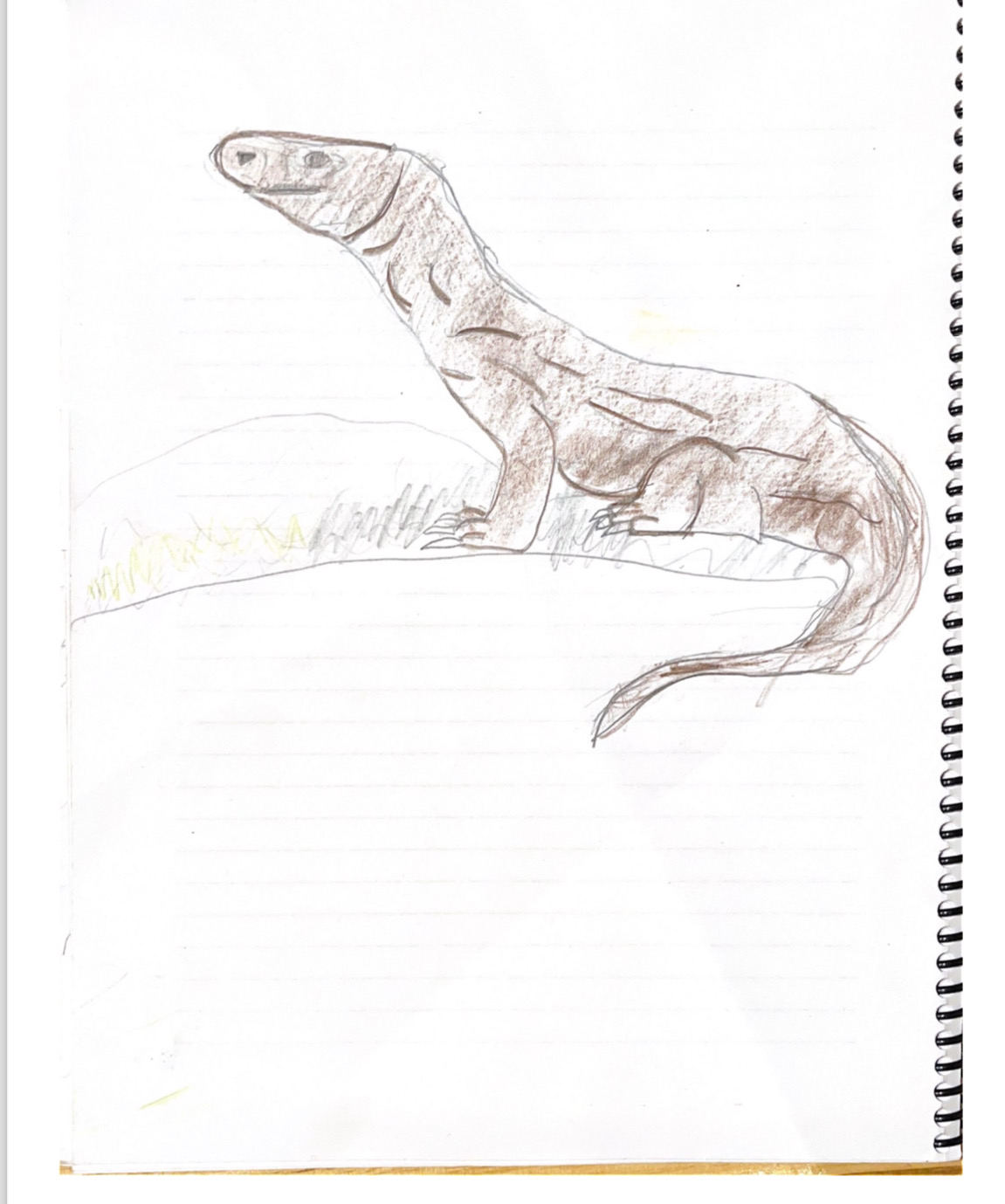
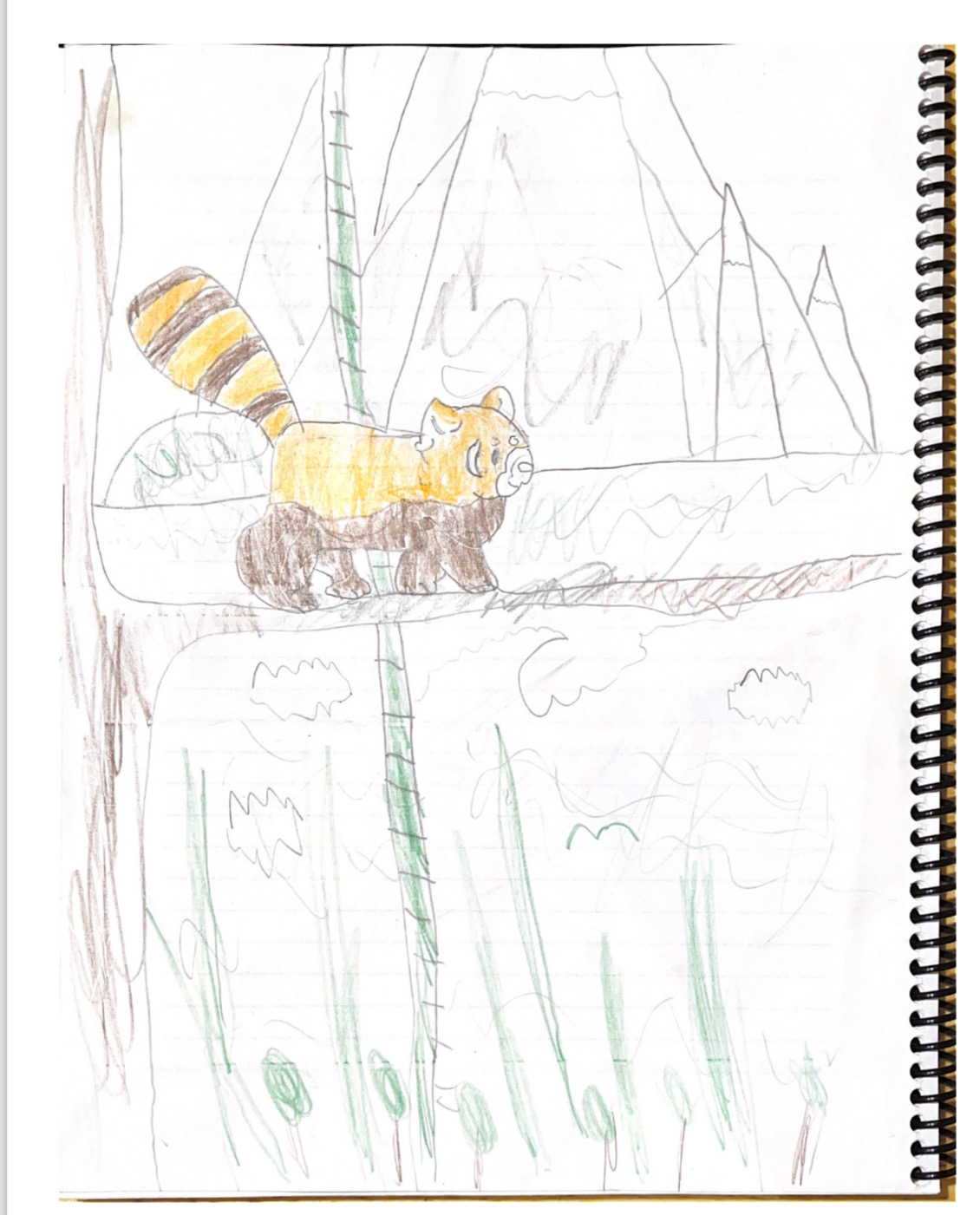
Agassiz and the Dead Fish: A Masterclass in Observation
Louis Agassiz, one of my heroes in biology, initiated his students in the nineteenth century by forcing them to observe things deeply. Upon receiving a new student, he would hand him a preserved dead fish in a tin pan and tell him to look at it. Then, Agassiz would leave until the end of the day, while the student was left to gaze for hours at the dead fish. David McCullough relates one student’s story in his book, Brave Companions:
In ten minutes, I had seen all that could be seen in that fish…Half an hour passed — an hour — another hour; the fish began to look loathsome. I turned it over and around; looked at it in the face — ghastly; from behind, beneath, above, sideways, at three-quarters view — just as ghastly. I was in despair.
I might not use a magnifying glass; instruments of all kinds were interdicted. My two hands, my two eyes, and the fish: it seemed a most limited field. I pushed my finger down its throat to feel how sharp the teeth were. I began to count the scales in different rows, until I was convinced that that was nonsense. At last, a happy thought struck me — I would draw the fish, and now, with surprise, I began to discover new features in the creature.
Eventually, Agassiz returned and listened to his student tell of his observations. What was Agassiz’s reply? “Look again.”
I was piqued; I was mortified. Still more of that wretched fish! But now I set myself to my task with a will, and discovered one new thing after another…The afternoon passed quickly; and when, toward its close, the professor inquired: “Do you see it yet?”
“No,” I replied. “I am certain I do not, but I see how little I saw before.”[1]
The next day, the student reported to Agassiz that the fish had symmetrical sides with paired organs. Agassiz was pleased. The student asked what he should do next, and Agassiz said, “Oh, look at your fish!” Agassiz made his student look at the fish for three full days. His students said that this deep looking, without any books, tools, or assistance, was one of the greatest lessons that he imparted to them.
OiLS: The Drawing Method for Observation
In Foundations Fine Arts instruction, students are often taught the five elements of shapes, or OiLS. This acronym imitates the shapes and stands for:
- Ovals
- Straight lines and dots
- Angled lines
- Curved lines
These are the fundamental shapes and markings used to build any drawing. When students use OiLS to sketch what they observe in nature, they are learning to break complex forms into simple, repeatable elements.
This method supports OiLS drawing science activities by:
- Helping children notice form and structure (scientific observation)
- Training them to reproduce what they see (artistic imitation)
- Developing motor and visual integration (fine motor skill growth)
Teaching OiLS as part of your science/nature drawing for homeschooling transforms the drawing process from “art class” to the deeply classical skill of attending.
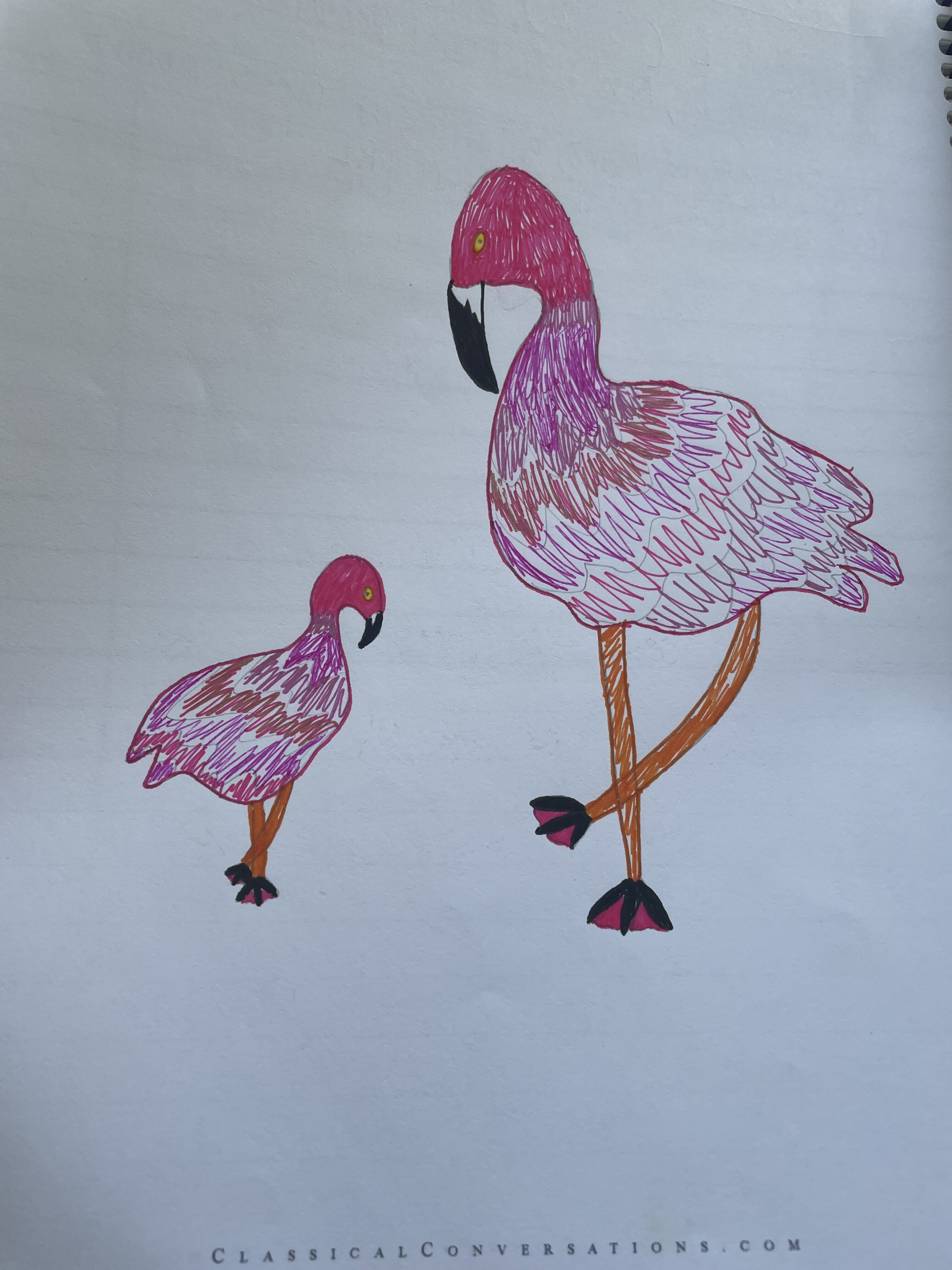
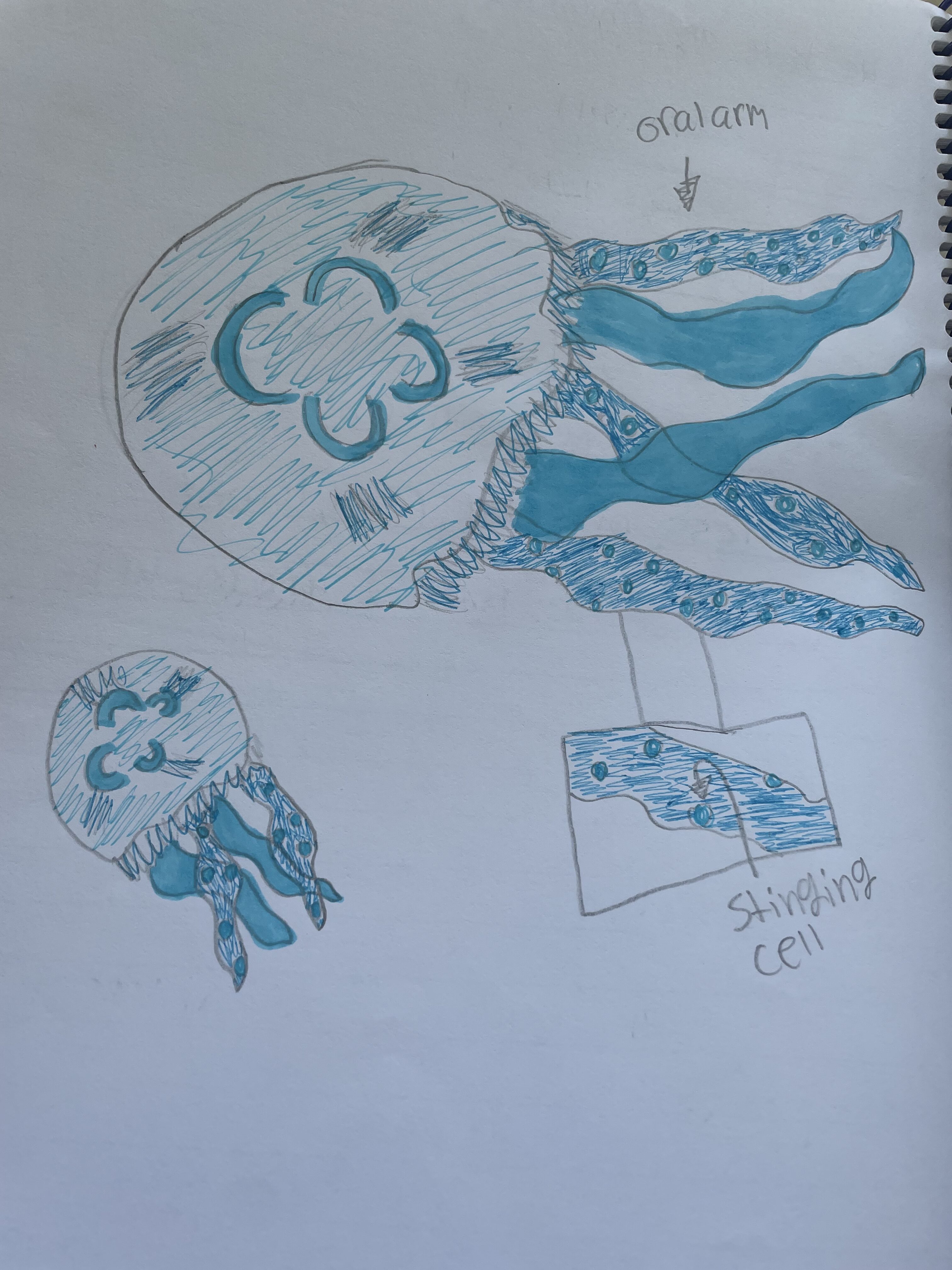
Drawing With Children introduces the five elements of shapes.
Practical Ideas for Classical Science + Art Integration
Looking for ways to bring this integration to life in your homeschool? Here are some classical, hands-on ideas that use drawing to train observation and wonder:
1. Nature Journaling with OiLS
Encourage children to draw leaves, flowers, bugs, and clouds using OiLS shapes. Label each part, and write a few sentences about what they noticed.
Program Connection: Foundations Cycle 1 Hands-On Science Weeks 7-8 and Science New Grammar, and Fine Arts OiLS (all cycles), Challenge II Biology and Debate
2. Agassiz-Style Object Studies
Choose a simple object (like a seashell or pinecone). Let your student draw it multiple times over several days—without reading about it first. Only after a few days of observing and sketching should they research what it is.
Program Connection: All program levels, Foundations Fine Arts-Great Artists Cycle 3 O’Keeffe, Foundations Hands-On Science Cycle 1 Crayfish, Owl Pellets, and Parts of a Flower
3. Seasonal Comparison Sketches
Sketch the same tree or area of land each season. Note changes in shape, color, texture, and activity.
Program Connection: Foundations Fine Arts Great Artists Cycle 2 Monet (check out Monet’s haystacks).
4. Copying from Classical Nature Illustrations
Study historical nature illustrations (like Audubon’s birds). Have students copy them, noting the use of OiLS and how attention to detail reflects the artist’s deep observation.
Program Connection: Challenge A Research
5. Drawing During Science Experiments
Instead of filling in worksheets, ask students to draw what they see during an experiment. This boosts retention and encourages thoughtful reflection.
Program Connection: Foundations Hands-On Science all cycles, Challenge A Science Fair, Challenge Research labs
Need a Nature Sketch Journal to get started?
Cultivating a Habit That Lasts a Lifetime
In the classical tradition, science and art are not separate pursuits—they are united by keen observation. As you guide your children through homeschool science sketching, nature journaling, and OiLS drawing techniques, remember that you’re helping them develop more than academic skills. You’re nurturing their ability to attend, wonder, and see the world with intention.
Whether they’re young students marveling at a flower or teens sketching a complex specimen, the practice of attending and recording will shape how they think, learn, and even worship. Start small, stay consistent, and trust that each moment of focused looking is forming something lasting.
Check out more science integration resources:
- Integrating Math and Science in Homeschool: Practical Counting Activities
- Discover Uncle Paul: Amazing Science Stories by Henri Fabre
- Science from a Biblical Perspective
[1] McCullough, David. 2022. Brave Companions. Simon and Schuster.

